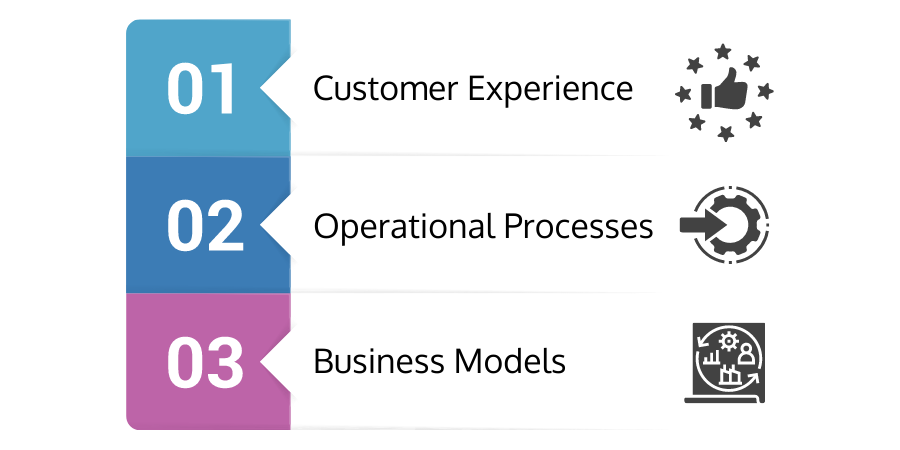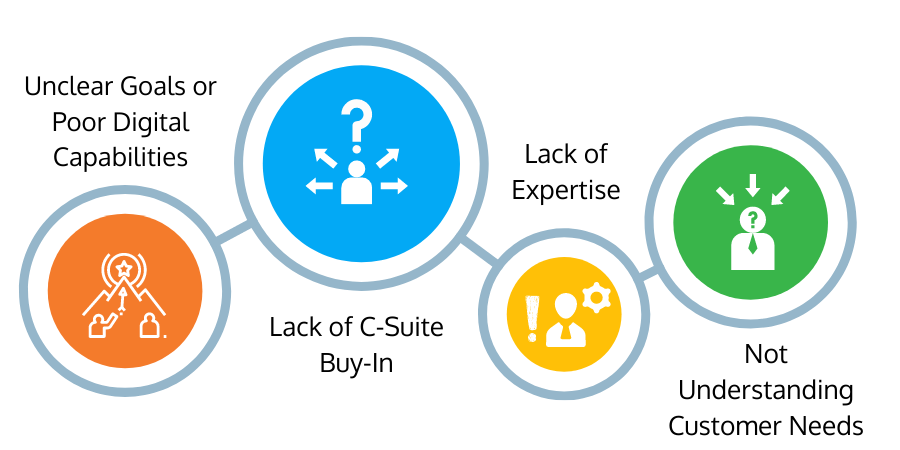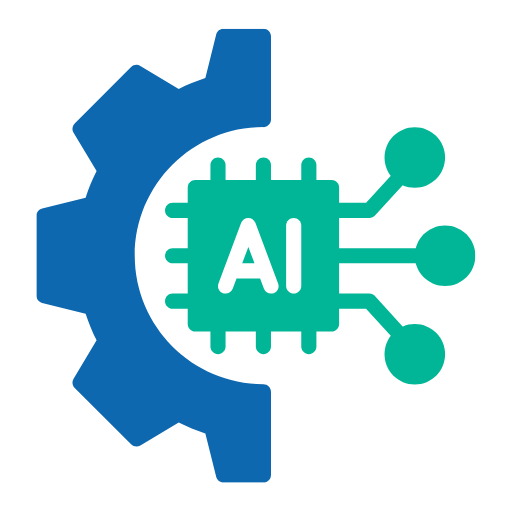
Digital transformation is the deliberate and strategic integration of technology into all areas of a business. Essentially, companies can fundamentally change how they operate and deliver value to their customers by transforming traditional business processes or creating new ones grounded in technology.
"Transformation" is the critical word here. Digital transformation doesn't simply mean altering a traditional process or replicating it in a digital form but instead leveraging technology to create something significantly better. In other words, digital transformation is disruptive and continuous.
What's the Difference between Digital Transformation and Digitization?
Many people use these terms interchangeably, but they actually have distinct meanings. In fact, you'll often see companies boasting about their successful digital transformation projects when they are actually referring to digitization. But what is the difference?
Digitization refers to modest (not transformational) leveraging of digital technologies. For example, putting a service online, converting handwritten text into a digital document, or converting traditional media like a VHS tape into a digital format, would be considered digitization.
By contrast, digital transformation requires significant change at the organization level - the kind of change that allows considerable innovation. As a result, digital transformation projects are typically substantial, contain multiple teams, and can even span several years. Conversely, digitization projects may take anywhere from a few hours to a few weeks.
What Are Some Examples of Digital Transformation Technologies?
Countless technologies fall under digital transformation, and we don't have the time to cover them all here. However, the hottest technologies in digital transformation today are cloud computing, artificial intelligence, Internet of Things (IoT), and Big Data.

These technologies typically address three critical areas of focus for businesses:
- Customer Experience - Big Data, artificial intelligence, and other technologies help
organizations understand their customers in more detail. They can then use this
information to create tailored marketing campaigns and create more customer touchpoints that fuel customer
growth.
- Operational Processes - Technologies like workflow automation, performance monitoring tools, and Big Data, can help organizations streamline processes, cut waste, and make better business decisions.
- Business Models - Digital transformation typically involves a radical change to traditional business models. Transforming these models can pave the way for new digital products and digital opportunities.
The Benefits of Digital Transformation
Digital transformation not only drives innovation but also enables you to innovate faster in the future. In other words, companies with digital transformation strategies are more agile - they innovate faster and adapt to change more quickly.
There's also increased productivity. Leveraging technology to work more efficiently helps reduce labor costs and allows existing staff to reach their full potential. For example, implementing a new comprehensive CRM system can make employees more productive by making their job easier (reducing friction).
For customers, successful digital transformation projects typically mean improved customer experiences, more personalization, and better products. Of course, this is beneficial for the company too - happy customers spend more and are less likely to move to your competitor.
Why Digital Transformation Projects Fail
According to a 2018 study by Forbes and McKinsey, an eye-watering 70% of digital transformation projects fail. But why? With this alarming statistic in mind, what can companies do to avoid becoming part of this number? Here are the pitfalls you should avoid.

Unclear Goals or Poor Digital Capabilities
Digital transformation projects are massive in scope, and therefore, a lot can go wrong if you don't have a firm grip on the business goals, implementation process, and transformation strategies. Additionally, many less experienced companies tend to overestimate their digital capabilities leading to frustrating delays, overworked employees, and exhaustion of resources.
Lack of C-Suite Buy-In
As we discussed earlier, digital transformation projects require massive cultural and organizational shifts in thinking. For change to happen on this scale, business leaders need to be on board and agree on the vision for the project. Unfortunately, if business leaders lack confidence or motivation in the plan, other employees often follow suit.
Lack of Expertise
Teams that lack experience in previous digital transformation projects or large-scale projects often make costly mistakes. Therefore, inexperienced companies should seek the help of those with more experience wherever possible, especially if project timelines start to slip or achieving the digital transformation goals starts to seem unrealistic.
Not Understanding Customer Needs
Sometimes, a senior ranking employee will have a radical idea for a new digital solution, but this solution might not be a good fit for the customer base. Understanding who your customers are and what they actually want is critical before you embark on large digital transformation projects that impact customer experiences.



























 Batoi Corporate Office
Batoi Corporate Office